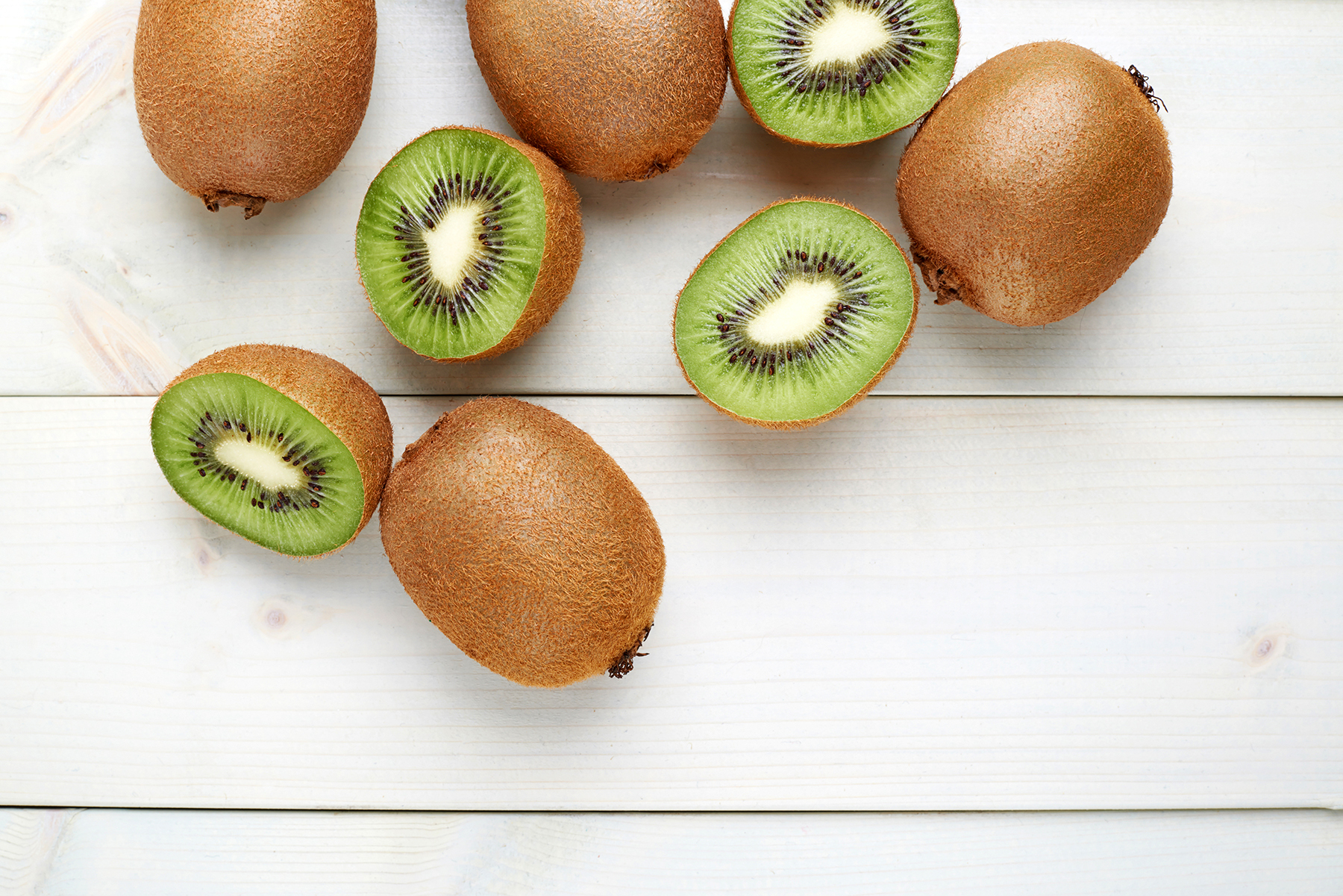Kidnapped Monkey Fruit

It’s fascinating to think that the now globally popular kiwifruit wasn’t always known by its current name. Originally, it bore the moniker “mihoutao” in Chinese, which means “macaque fruit,” named after the monkeys that adore it, then, garnered the name “Chinese gooseberry,” a reference to its Chinese origins after it was introduced to New Zealand in the early 1900s. Regardless of what you call it, this delectable fruit has a fascinating and somewhat convoluted history that unfolds from its roots in ancient China to its global acclaim today.
As the story of the birth of the now-known kiwifruit goes, back in 1904, Mary Isabelle Fraser, the principal of an all-girls school in New Zealand, successfully transported to her country some Chinese gooseberry seeds out of China. They were then given to farmer Alexander Allison, who planted them near his farm. Those trees went on to bear their first fruits in 1910.
Fast forward to the 1950s, when, amid anti-communism sentiments, the Chinese gooseberry faced challenges in the world market, putting a strain on New Zealand’s economy. In 1959, Turners and Growers, a fruit auction house, chose to rename the Chinese gooseberry in order to convey the strength of its origin and, shall we say, reflect those anti-communism views. Thus, it became known as the “kiwi” – a flightless bird that had become the symbol of New Zealand. This name change became a game-changer for their economy.
With this newfound “golden crop,” farmers began to cultivate new kiwi varieties, with disease-, cold-, and drought-resistant ones emerging and being introduced to the world. The Hayward, named after New Zealand pioneer horticulturalist Hayward Wright who developed it, has since become the best-selling worldwide, with it being the most widely grown in California. The kiwi berry is the most cold-resistant, while the crown jewel – the “golden kiwi” – boasts golden-colored fruit, low acidity, and is fairly hardy when it comes to weather, bugs, and fungus.
With the new golden kiwi, New Zealand was ready to clean up the international market. However, the story takes a twist when a rogue employee of a kiwifruit farmer smuggled into China a number of golden kiwi vines. Within months, thousands of unauthorized orchards sprung up throughout the country. The ensuing legal battle has persisted for over 13 years, prompting New Zealand to explore cooperative agreements with Chinese growers, emphasizing quality and consistency options. The kiwi’s journey, from China to New Zealand and beyond, remains an intriguing tale of agriculture, commerce, and international intrigue.
Beyond the courtroom drama, kiwis are a nutritional powerhouse. These fruits are packed with antioxidants like polyphenols and carotenoids, which help combat oxidative stress and inflammation in the body; and vitamins A, K, E, folate, and potassium, contributing to bone health, skin integrity, and cardiovascular well-being. Kiwis are also renowned for their exceptionally high vitamin C content, surpassing even other citrus fruits – this is crucial for immune system support, collagen formation, and overall skin health. They are high in dietary fiber, promoting digestive health, regulating blood sugar levels, and aiding in weight management, and their enzymes – such as actinidin – assist in breaking down proteins, promoting efficient digestion and nutrient absorption. Additionally, kiwis contain lutein and zeaxanthin, antioxidants known for supporting eye health and reducing the risk of age-related macular degeneration. Incorporating kiwis into a balanced diet can contribute to overall health and well-being, offering a delicious and nutrient-dense option for promoting a thriving lifestyle.
Kiwis have a unique taste that combines sweetness with a mildly tart and tangy flavor. For optimal enjoyment, consume kiwis raw. While the skin is edible, it’s not particularly pleasant, so peeling is recommended. The inner flesh is juicy and succulent, offering a refreshing and tropical experience. The texture is smooth with tiny, edible black seeds dispersed throughout, providing a subtle crunch. The flavor profile is described as a blend of strawberries, bananas, and pineapple by some, while others highlight its tart and tangy notes. Either way, kiwis boast a sweet and subtly acidic taste that is both refreshing and delicious. They complement a variety of dishes, pairing well with fish, poultry, and beef. Moreover, they lend themselves to the creation of delightful desserts, jams, and even beverages, including wine and cocktails. The versatility of kiwis, both in culinary applications and resource efficiency, underscores their role as a wholesome and sustainable addition to our diets.
KIWI QUICK BREAD
– 2 cups all-purpose flour
– 1 teaspoon baking powder
– ¼ teaspoon baking soda
– ½ teaspoon salt
– ½ cup butter or margarine (softened)
– 2/3 cup sugar
– 2 eggs
– 1 cup peeled mashed kiwi fruit (ripe)
Preheat oven to 350 degrees. Grease and flour a 9 X 5 X 3 loaf pan. Sift together flour, baking powder, baking soda, and salt, and set aside.
In a large bowl, cream butter and sugar together until light and fluffy. Add eggs one at a time to creamed mixture, beating well after each one. Stir in the mashed kiwis. Fold in dry ingredients gently, stirring only until the batter is completely moistened.
Spoon batter into the pan and bake for 55-65 minutes, or until a toothpick inserted comes out clean.
Cool for 10 minutes on a wire rack. Remove from the pan and continue cooling on the rack.
KIWI-TINI
– ½ kiwi, skinned and sliced
– 1 teaspoon simple syrup
– 1½ ounce Mystic Vision Vodka (made in Durham)
– 1 slice kiwi for garnish
Muddle the kiwi with the simple syrup. Pour the vodka over ice, add the kiwi, and shake or stir (depending if you’re a Bond fan or not). Strain into a martini glass, garnish with the kiwi slice, and enjoy!
Buck Buchanan
Owner of Lumpy's Ice Cream. Lumpy's uses the finest local ingredients and crafts them into ice cream without any preservatives, additives, or synthetic hormones.

